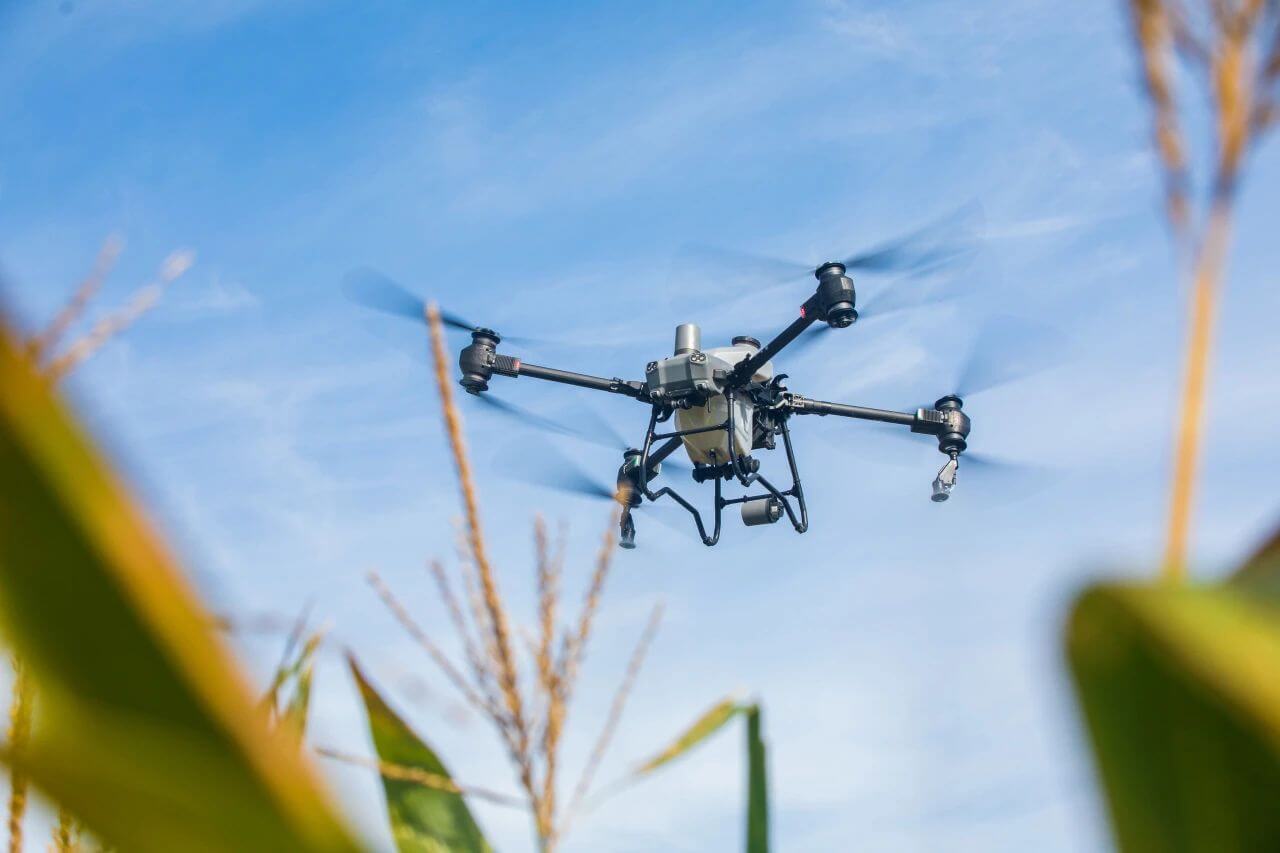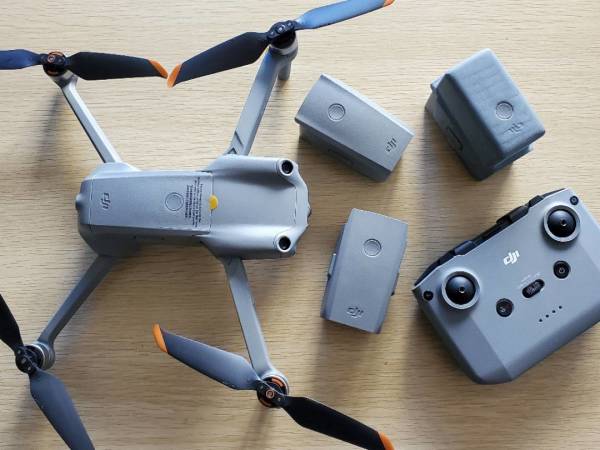Explore the World with a Drone: Live Camera Feed Adventures
Drones equipped with live camera feeds have redefined the way we experience the world from above. These high-tech gadgets not only allow us to capture breathtaking aerial views but also provide real-time access to landscapes we’ve never imagined exploring from such a vantage point. This journey through drone exploration will guide you on how to unleash the full potential of your device and grasp the thrill of its live camera feed features.
Why Choose a Drone with a Live Camera Feed?
A live camera feed allows you to enjoy immersive experiences as you virtually explore locations as if you’re flying in the sky yourself. Whether it’s capturing the sunset over a majestic landscape, surveying a construction site, or keeping an eye on wildlife movements, the benefits of real-time video are multifaceted and significant for hobbyists and professionals alike.
Moreover, these drones offer immediate feedback and control adjustments, increasing precision during flights. This is particularly beneficial for tasks requiring exact positioning – from filming to area scanning or search operations. The direct connection they offer enhances the user’s ability to navigate complex environments with ease.
Unleashing Creativity Through Live Drone Footage

Drones have become indispensable tools for filmmakers and content creators. The live camera feed allows them to craft compelling narratives that captivate audiences, adding layers of depth to visual storytelling. Imagine the ability to capture scenes that transition into tales, engaging viewers through dynamic, aerial perspectives.
From sweeping action shots to serene landscape captures, drones with live camera feed capabilities provide numerous possibilities for enhancing video content quality and diversifying the storytelling avenues available to creators.
Technical Insights for Enhancing Drone Usage

To maximize the effectiveness of a drone with a live camera feed, it is crucial to understand both the technical and practical aspects of its operation. Pay attention to resolution settings; higher resolutions deliver clearer images but demand stronger signal transmissions and can affect battery life. Balancing these factors is key to maintaining a seamless live feed.
- Consider weather conditions and light availability when planning your drone flights. These factors can significantly impact the quality of the footage captured.
- Regularly update your drone’s firmware to ensure optimal performance and security features.
- A comprehensive understanding of local aviation regulations is essential for safe and lawful flying.
Safety and Legal Considerations
The excitement of drone use comes hand in hand with the responsibility to adhere to established guidelines and regulations. Whether for commercial purposes or recreational fly-outs, understanding the legal frameworks governing drone operations is vital. Ensure you are aware of local drone laws and flight restrictions, especially concerning proximity to airports and densely populated areas.
When flying, maintain a line of sight as much as possible and avoid flight paths that may intrude on private properties or protected wildlife areas. Being aware of your surroundings ensures a safe and harmonious experience for both you and those around you.
FAQs on Drone and Live Camera Usage
- What is the best drone for beginners?
- As a starter, it’s advisable to invest in drones that offer ease of use, good stability control, and basic camera features. Models like the DJI Mini 2 are often recommended for their user-friendly design and affordably high-quality performance.
- How far can a live feed drone fly?
- The range varies depending on the model. Recreational drones typically have a flight range of 2-5 kilometers, while professional drones can go significantly further, with enhanced transmission technology and controller systems.
- Are live camera feed drones suitable for indoor use?
- While possible, indoor usage may present challenges like limited space and signal disruptions. Smaller drones with obstacle-avoidance sensors are preferable for indoor flight.